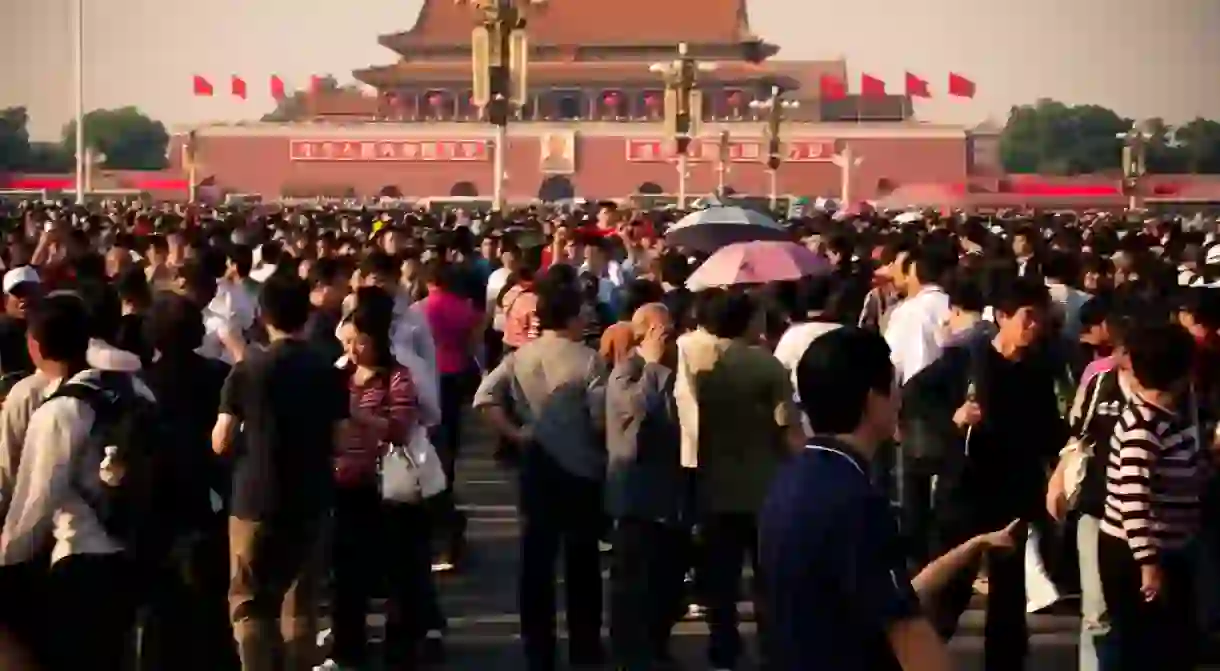By 2020, This City Won't Accept More Than 23 Million Inhabitants

Beijing has put a cap on its population—by the year 2020, there should be no more than 23 million inhabitants in the capital city of China.
The population ceiling was set in the municipality’s city plan for the period between 2016 and 2035, and was approved by the Communist Party of China (CPC) Central Committee and the State Council of China. The approval document was made public on Wednesday, a few days ahead of the much-anticipated 19th National Congress of the CPC, according to Chinese news agency Xinhua.

Beijing now has around 21.7 million permanent residents (holders of Beijing hukou), which means that in the next three years its population is not allowed to increase by more than six percent. This doesn’t seem like a difficult task. According to the Beijing Statistical Information Net, in the last five years, the average annual population growth rate was just two percent, three percent less than the previous five-year period. Beijing is demanded by its central government to strictly implement the plan, and to keep its population at the same level after 2020.

The Beijing government vows to inhibit not only its growth of inhabitants, but also its construction land, which is planned to be reduced to 2,860 square kilometers by 2020 and 2,760 by 2035. The land saved will be used for greenery, which echoes the approval document’s emphasis on environment protection as the city’s primary task. Beijing is known for its choking air and scarcity of blue sky. The pollution has become a mounting public concern in recent years that some people even chose to leave Beijing for better air quality.

Along with the reduction of construction land, Beijing will gradually move its municipal government from the city center to the suburban district of Tongzhou. It will also move its “non-capital functions” to its neighboring Tianjin Municipality and Hebei Province, after setting a plan for the “high level of integration” of the Beijing-Tianjin-Hebei Region by 2050.
The Chinese central government’s approval of Beijing’s population cap didn’t come as a surprise for many Chinese people as the news has been circulating for a while. But as always, the population control plan aroused some people’s dissatisfaction about China’s hukou system, which they believe is an outdated tool that can only perpetuate the social stratification. “The hukou system should be canceled, and people should have the freedom to live wherever they want. People have the capability to find their matching habitat. There’s no need for man-made controls,” a netizen named @Rongyao3415 commented on Chinese social media platform Weibo.
There may be some disagreements with the population control, but one requirement written in the document is unanimously applauded to, that is the preservation of the city’s cultural heritage. After the foundation of New China in 1949, the father of modern Chinese architecture Liang Sicheng had insisted to preserve the entire old Beijing while moving the central government offices outside of the old town, but was again and again ignored by the then government. It seems that Liang is eventually proven right.














